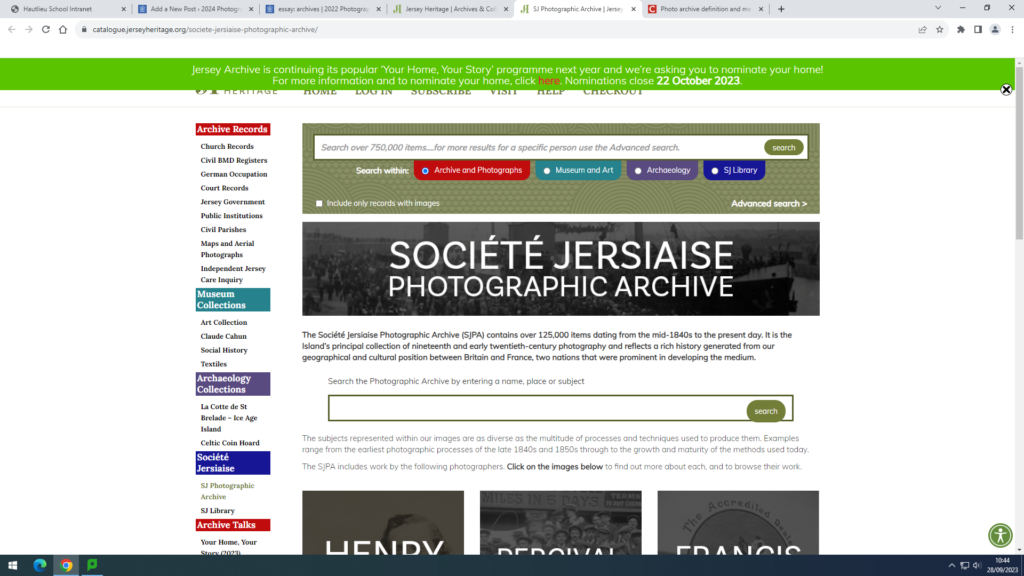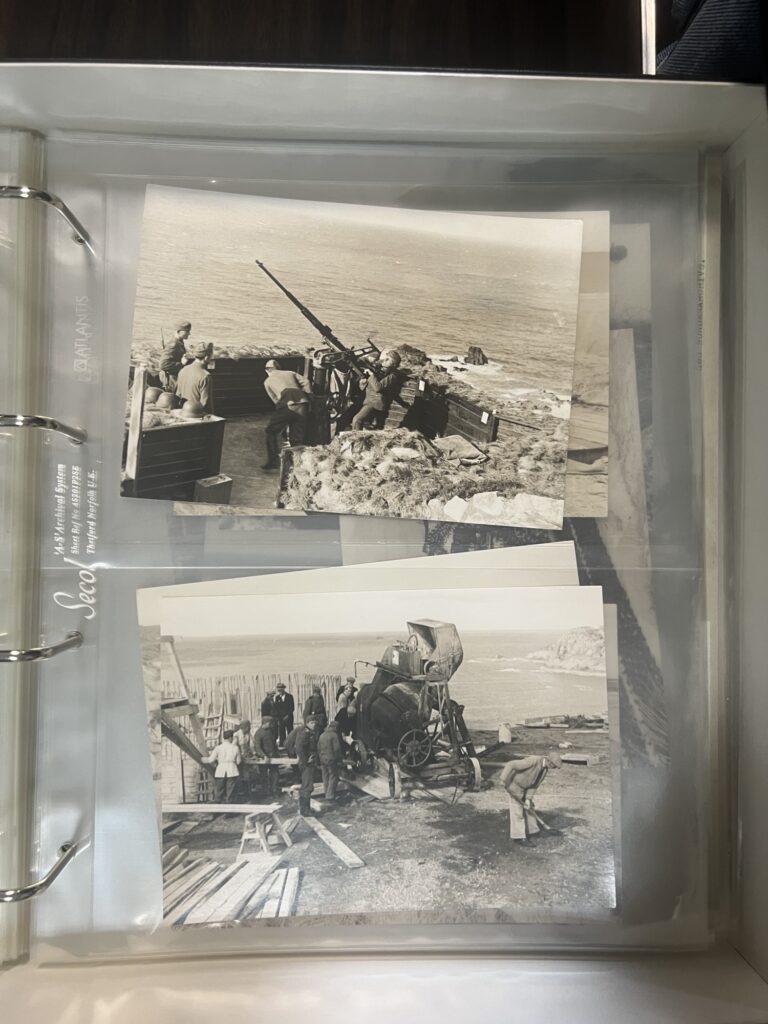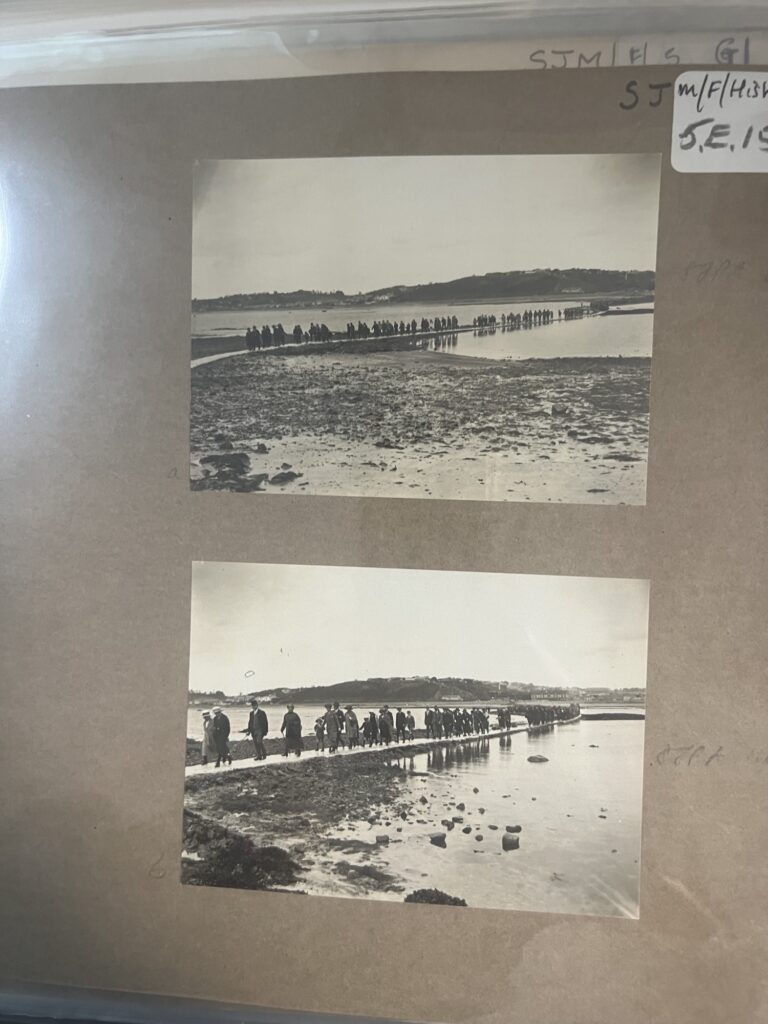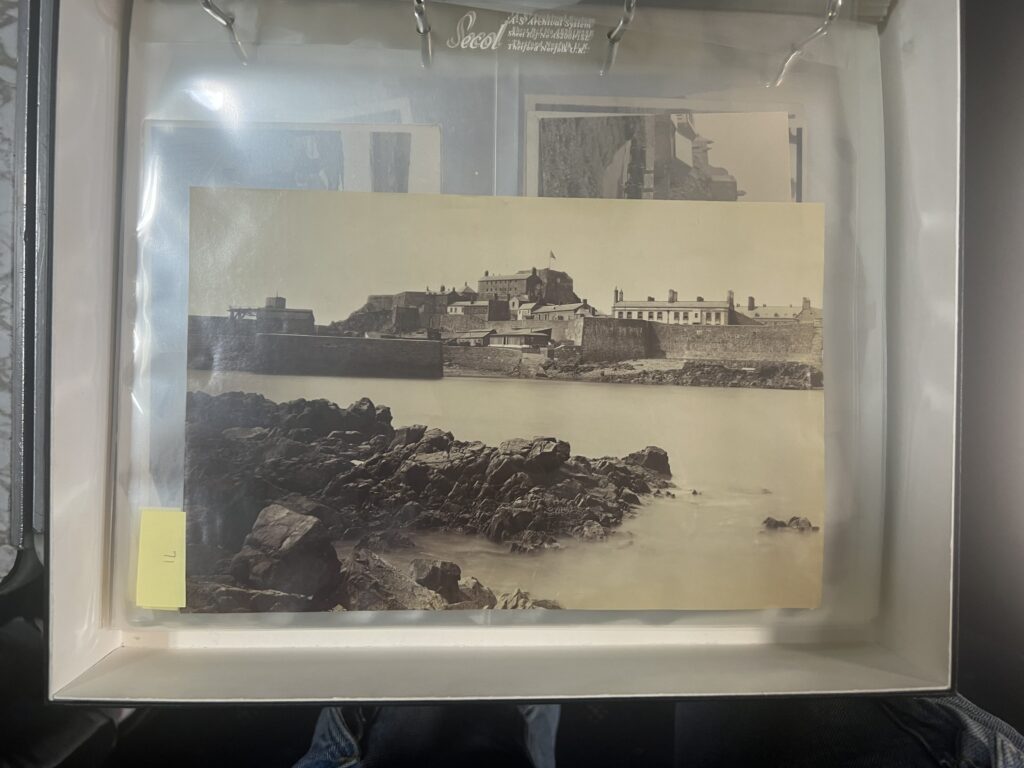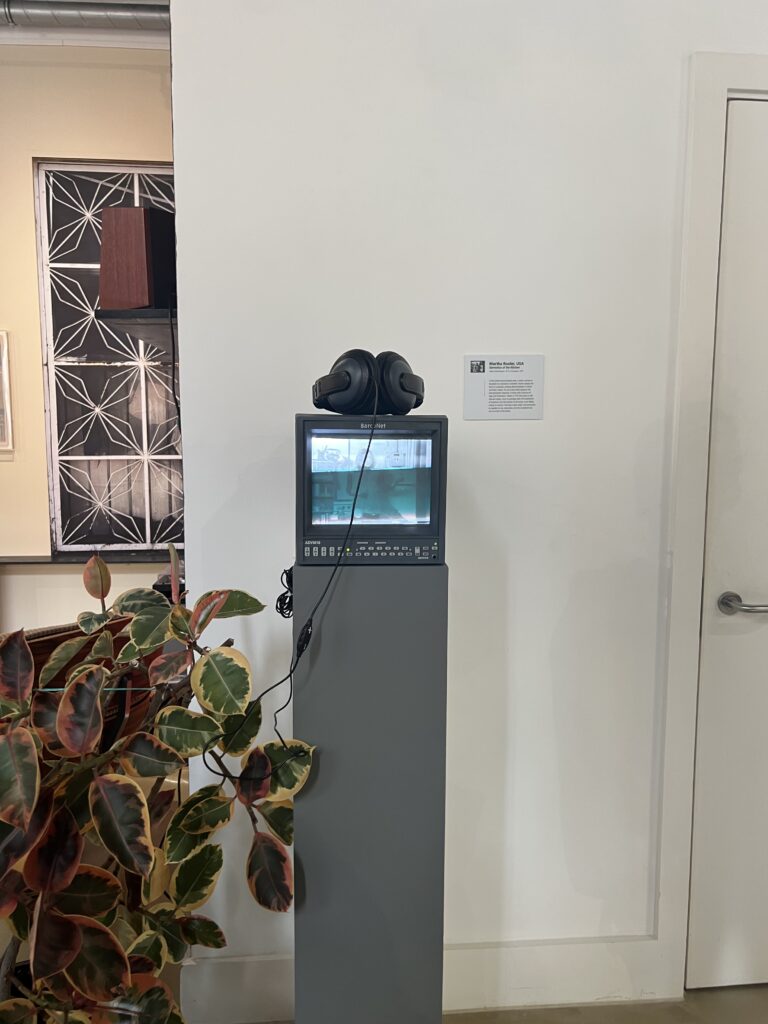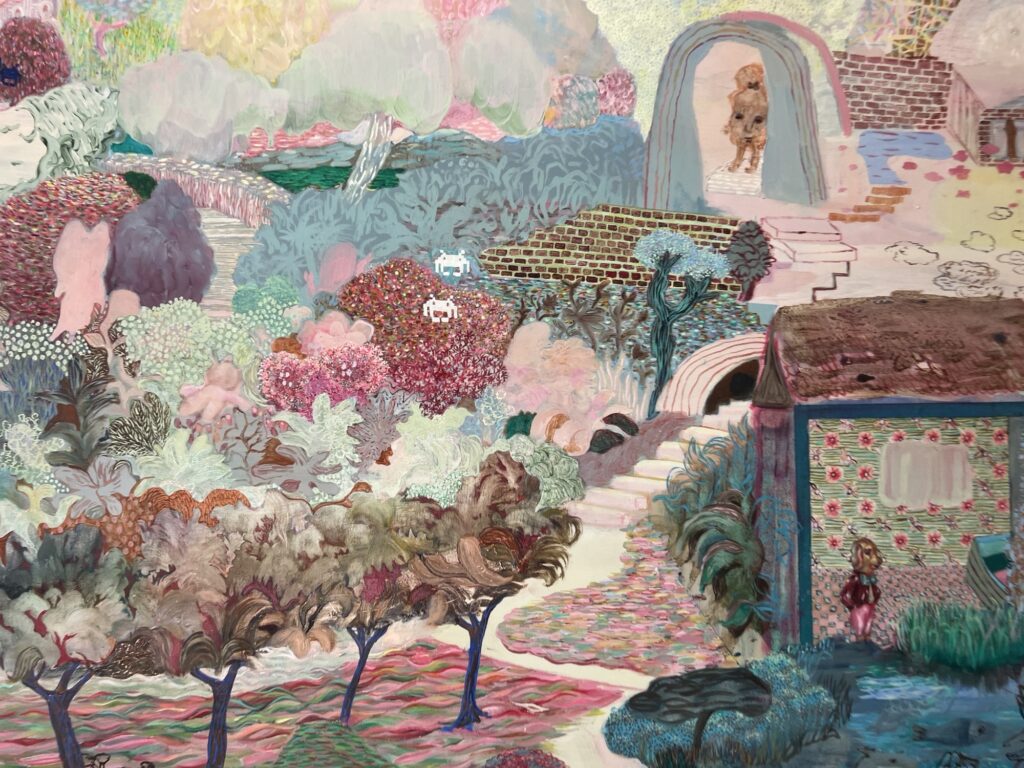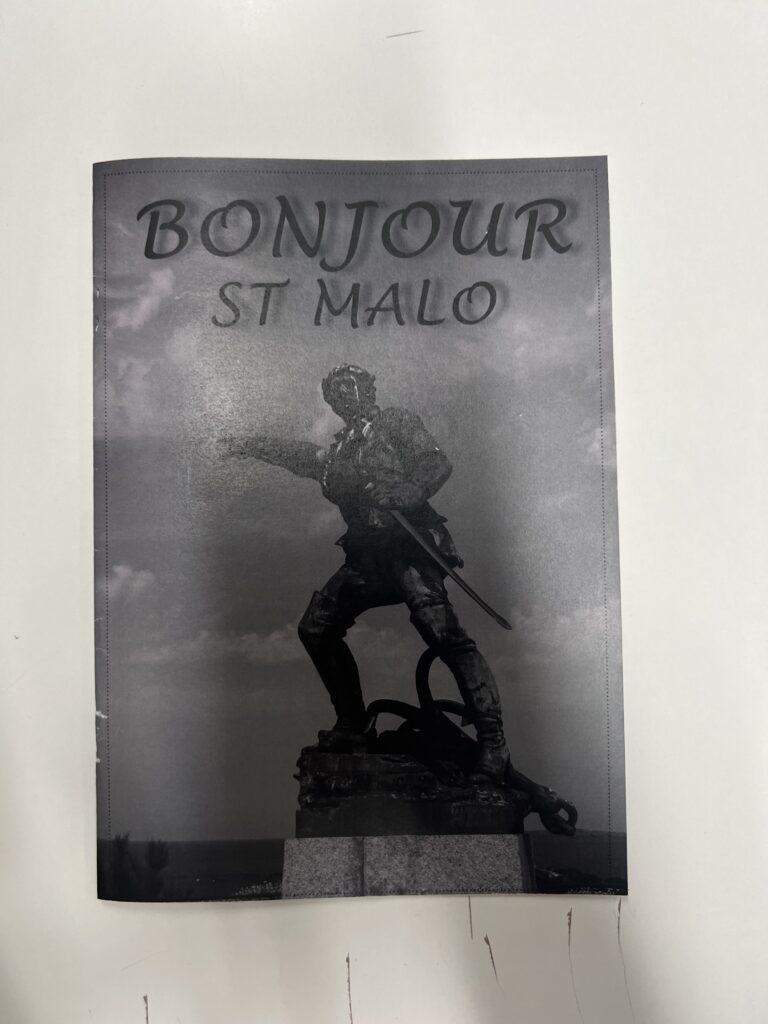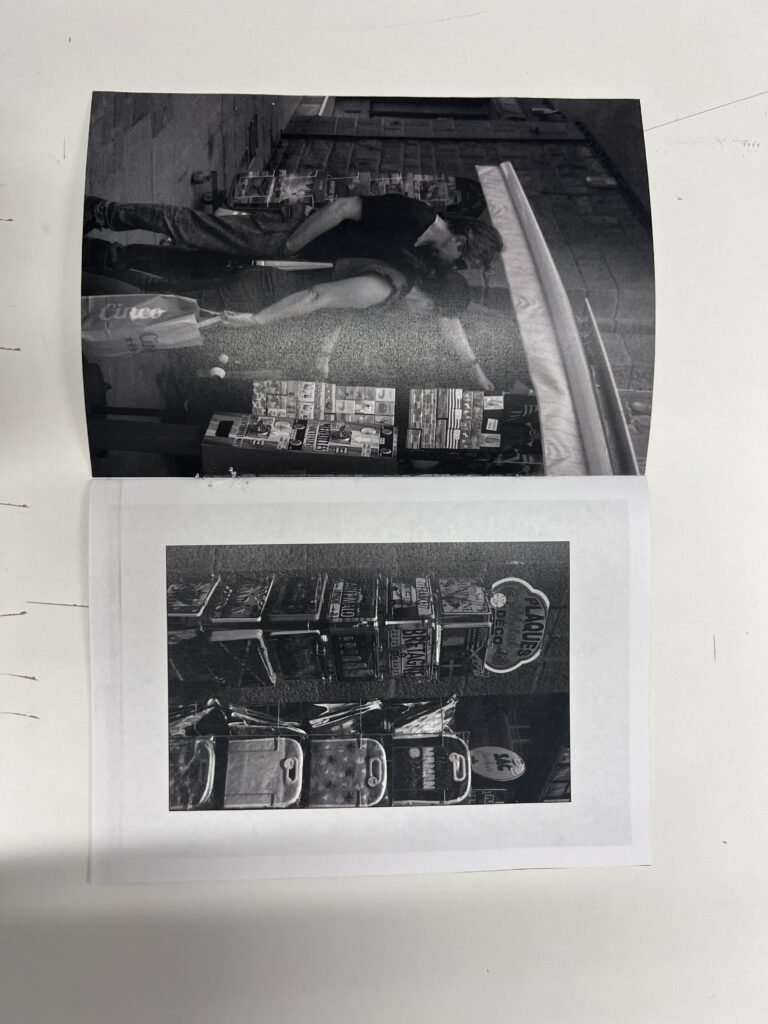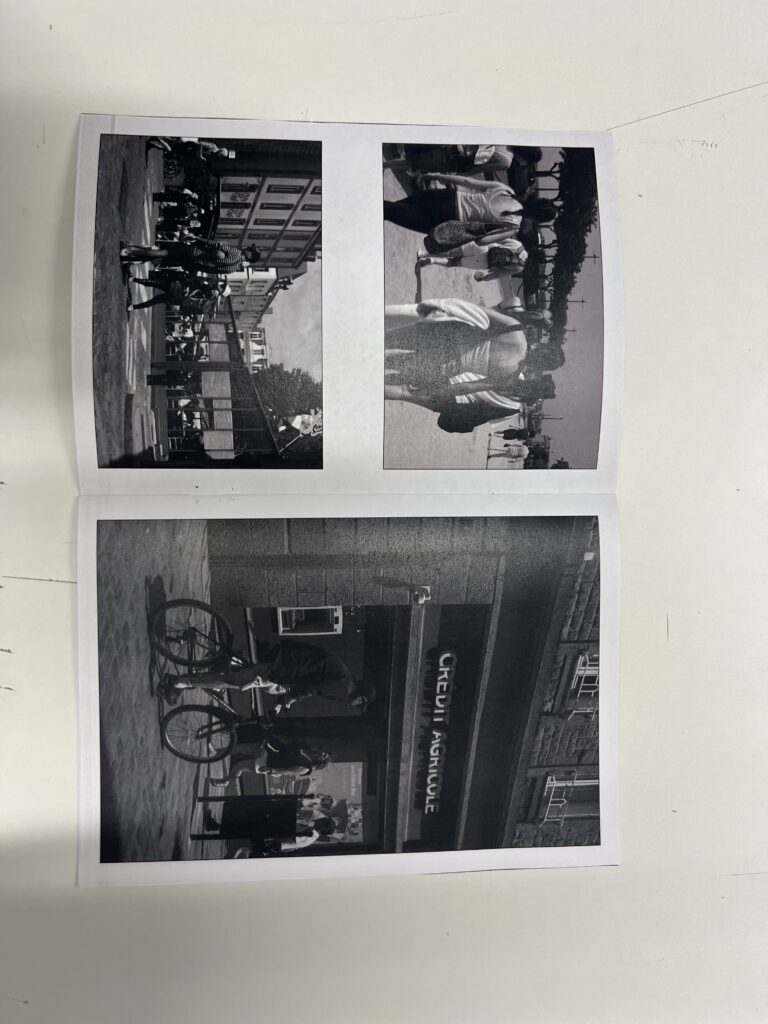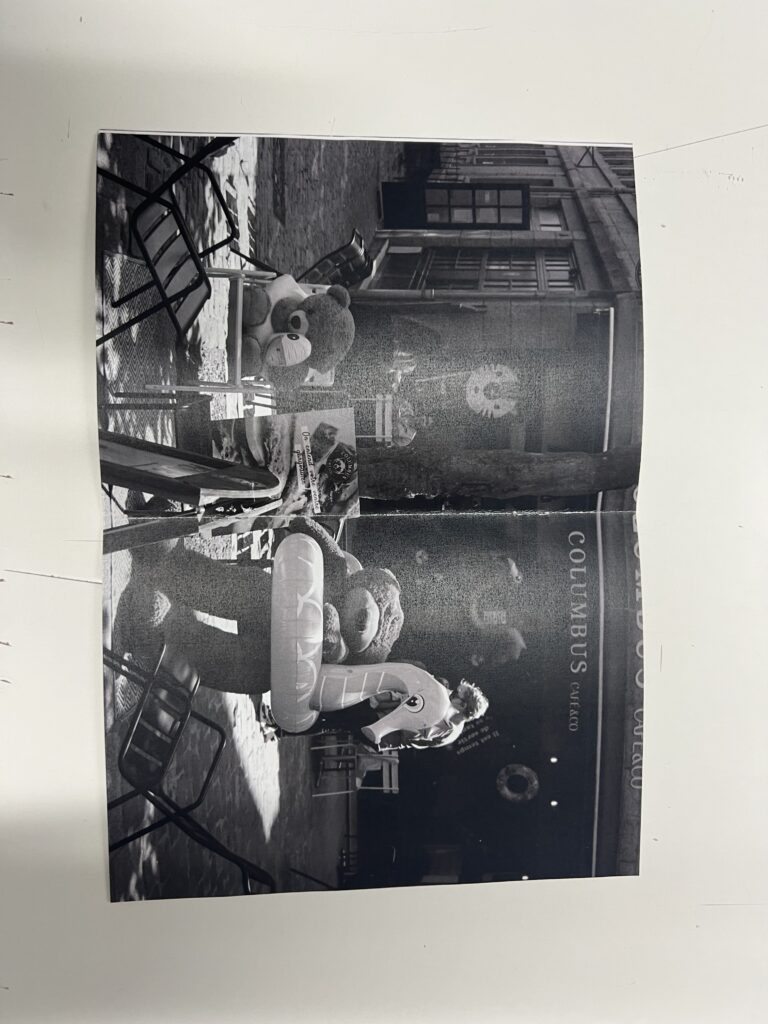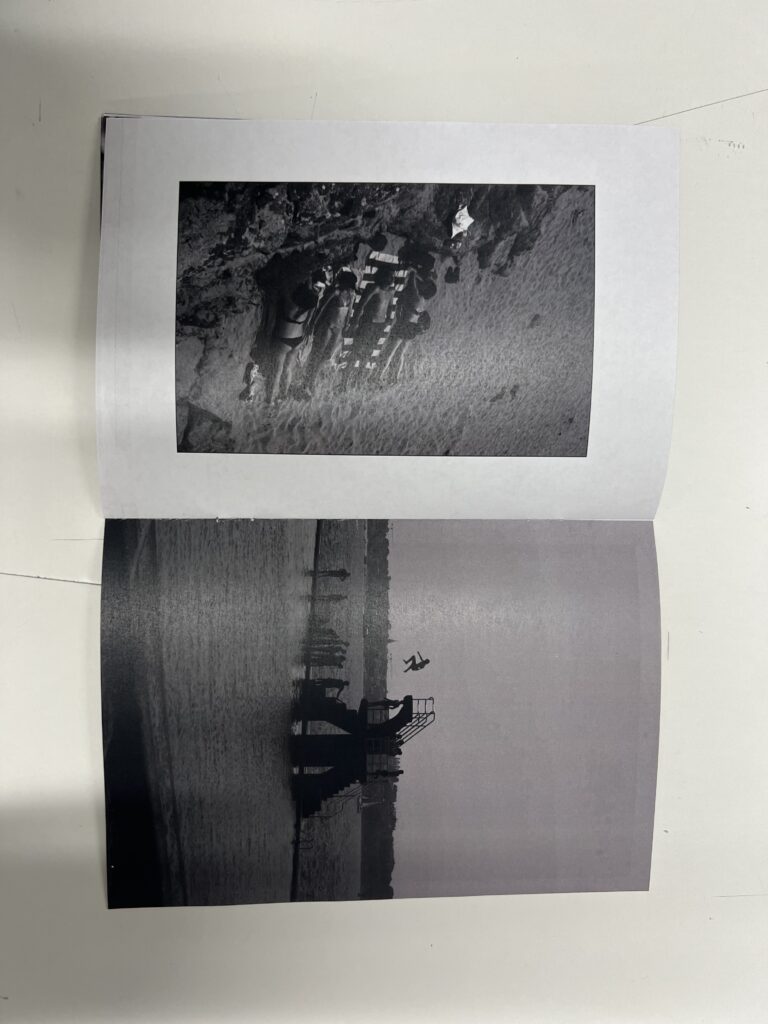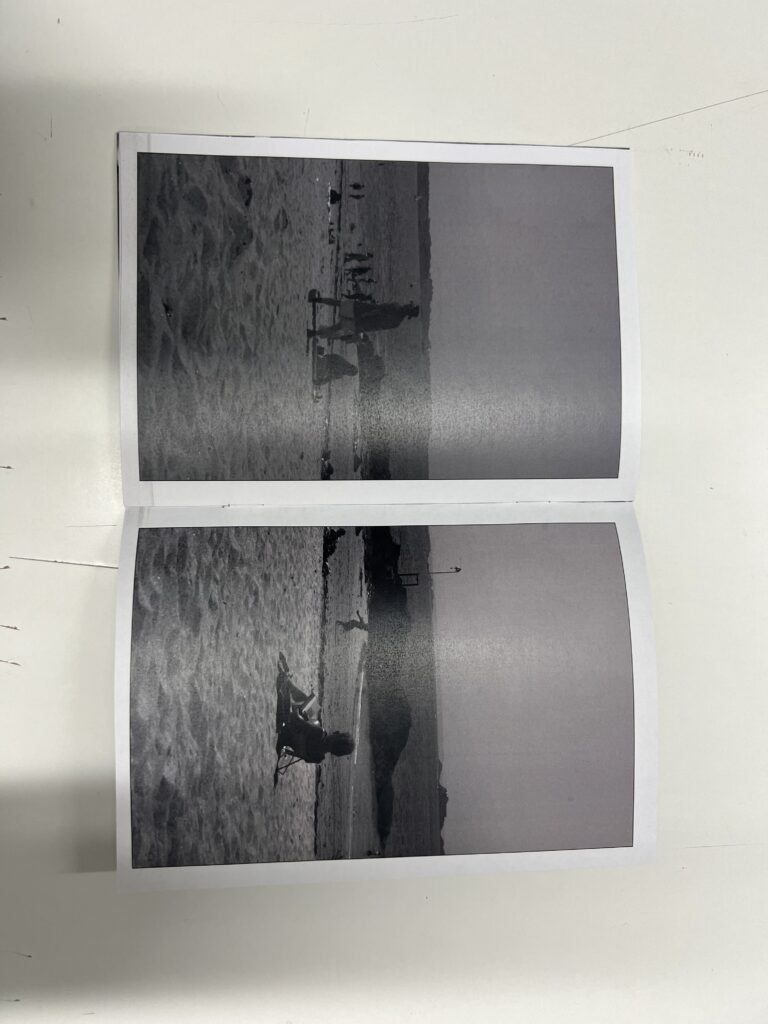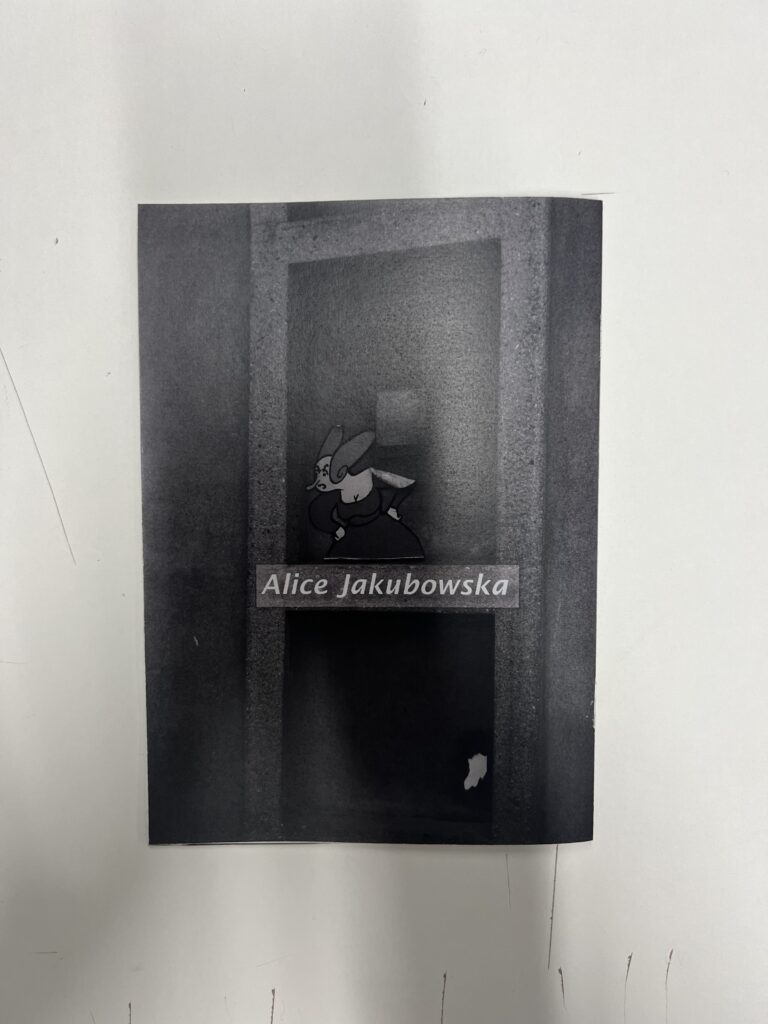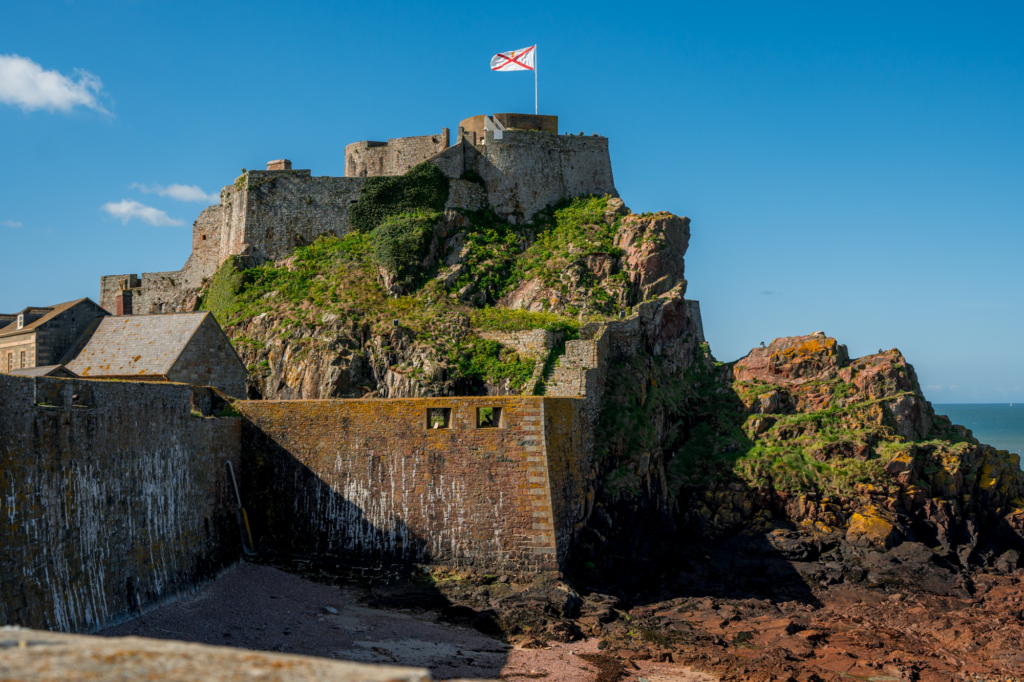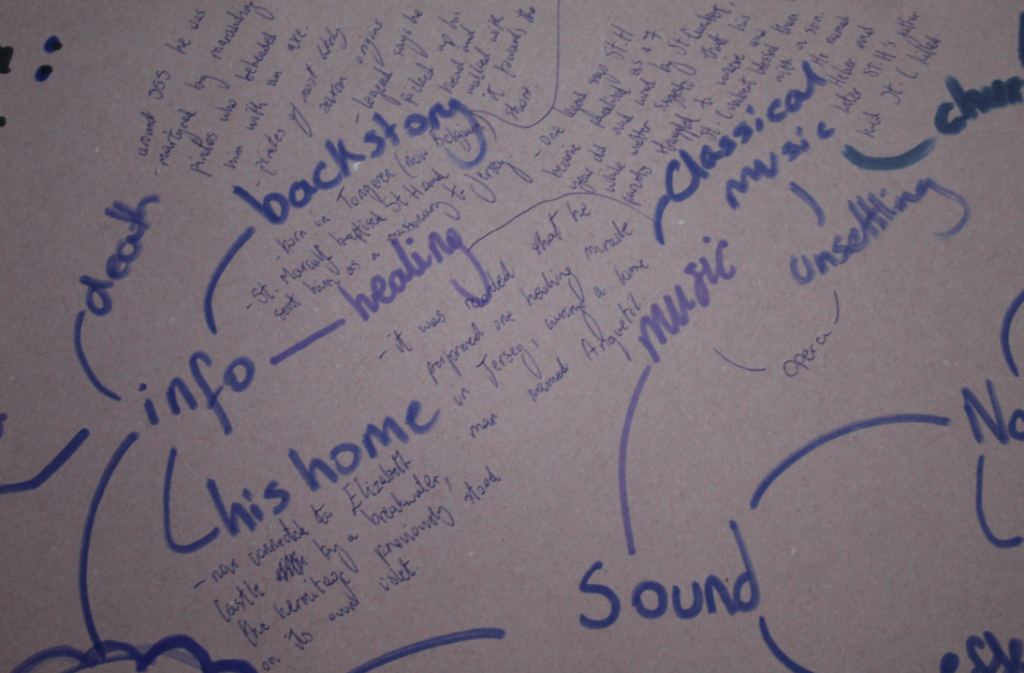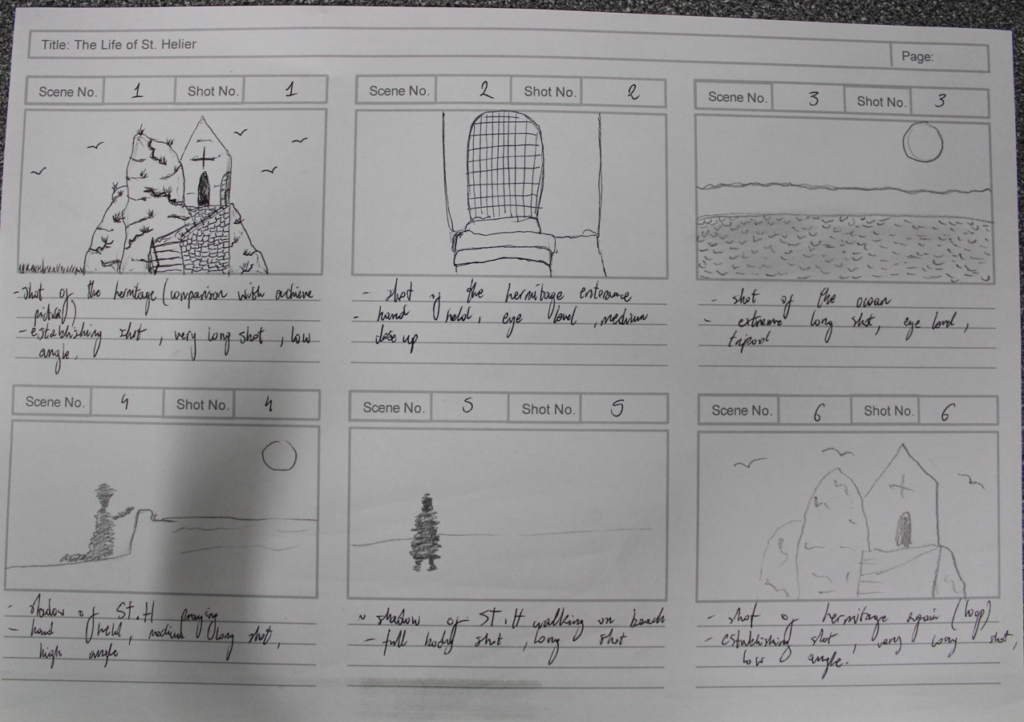1. RESEARCH: Elizabeth Castle and decide which particular aspects of its 1000 year history you wish to make into a short film of 3-5 mins – see below. Gather together research material, such as images, maps, documents, links to online sources and write a short synopsis of 300-500 words.
Elizabeth Castle
Built on a rocky islet in St. Aubin’s Bay, Elizabeth Castle (a castle and tourist attraction) has defended Jersey for more than 400 years. Construction of the earliest parts of the castle, the Upper Ward including the Queen Elizabeth Gate, began in 1594. This work was carried out by the Flemish military engineer Paul Ivy. Sir Walter Raleigh Governor of Jersey between 1600 and 1603, named the castle Elizabeth Castle after Elizabeth I of England. The castle was first used in a military context during the English Civil War in the 17th century.
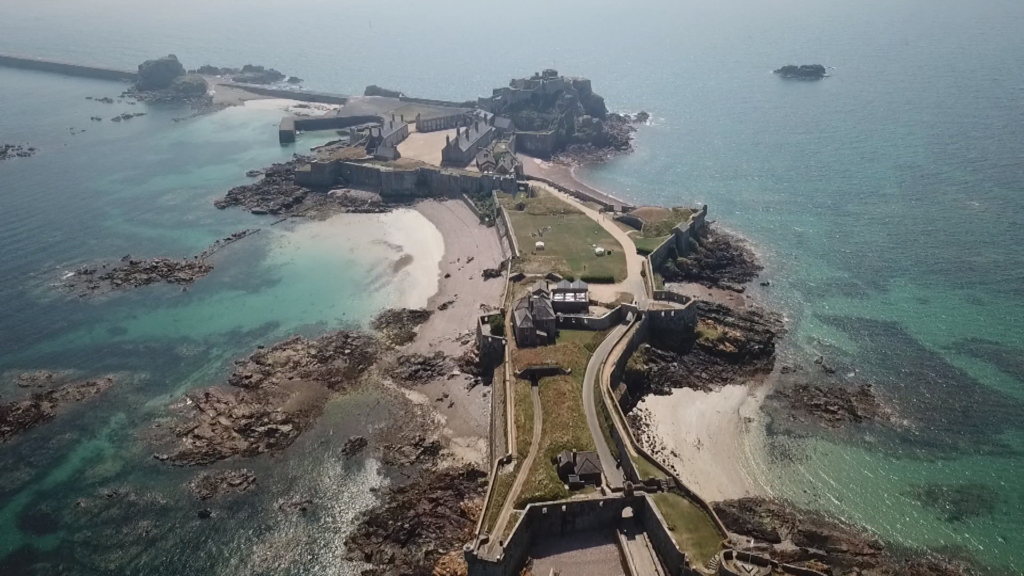
Plan:
The earliest known structure to be built on the two rocky outcrops on which the Castle was subsequently to be built was the Hermitage of St Helier, thought to have been founded as a monastery and oratory in 1155 but amalgamated with the Abbey of Cherbourg and downgraded to a priory in 1179.
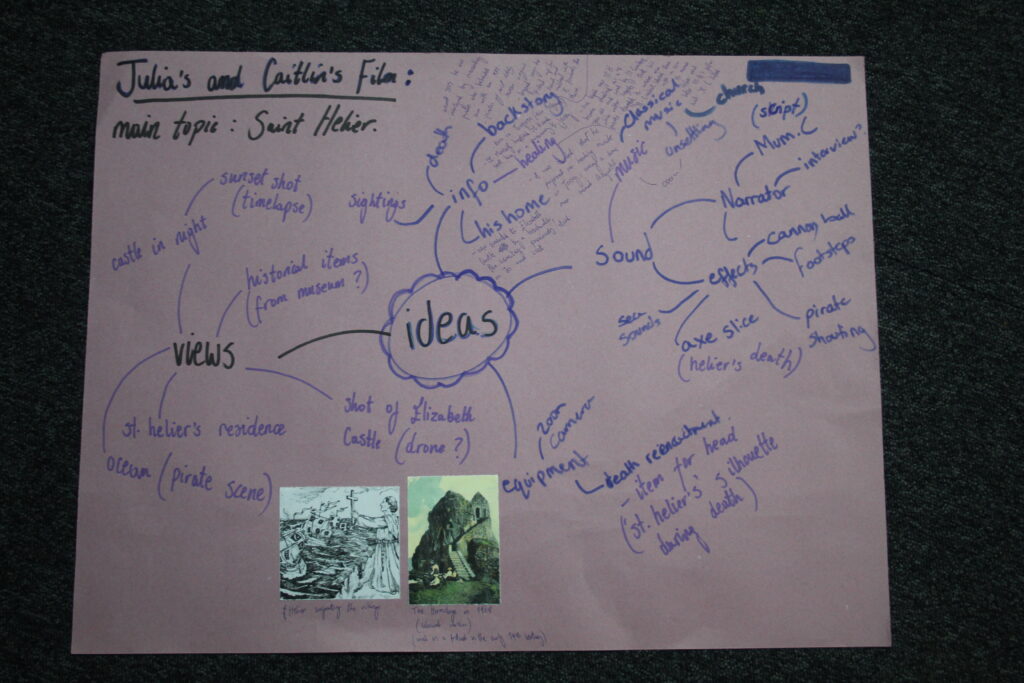
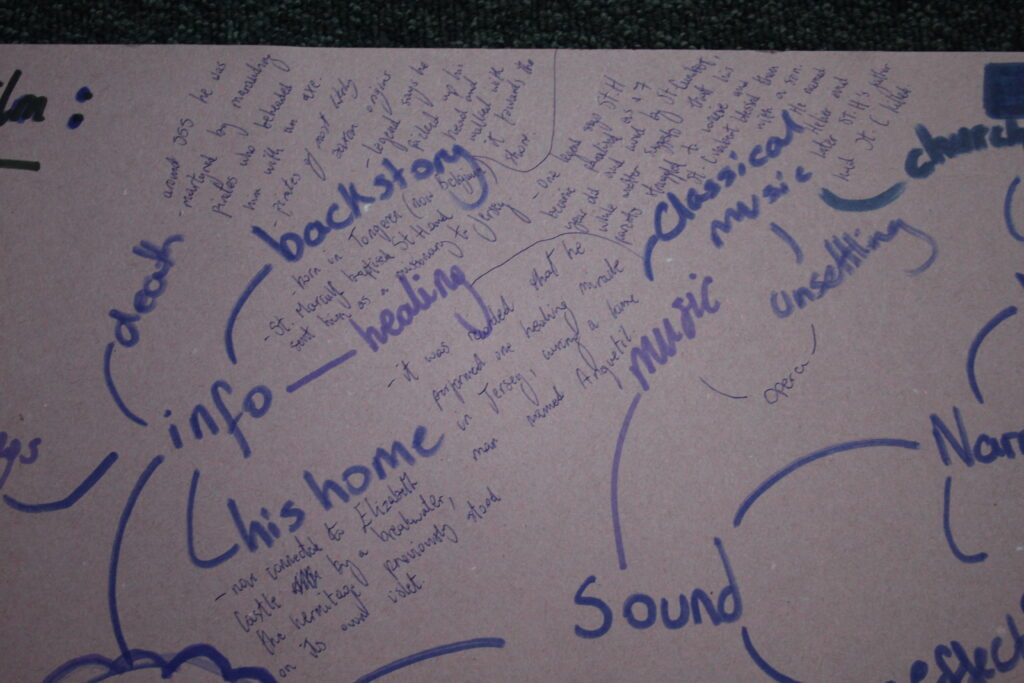
For our film, Caitlin and I decided to base it around the life of St. Helier (Helierus), the man that lived in the hermitage that is now connected to Elizabeth Castle by a breakwater.

We want our film to have quite a dark, creepy and slightly gothic theme, including a narrator talking about the life of the saint and the legends and myths surrounding his story.

We want to focus on both the religious and mythical aspects of the saint, as I think both are important to make an interesting film about him.

